Note: This post is part of the “Kamado 101 – The Definitive Guide to Amazing Barbecue” series, in which I cover everything from the foundational aspects of Kamado cooking all the way through advanced concepts designed to transform you into a backyard barbecue pit master. View the entire series here.
There’s a good chance that you’ve heard mention of using a Texas crutch (sometimes just called a crutch) when grilling pork ribs, butt, or brisket. To put it simply, this is the method of wrapping the meat in foil for a short time while grilling in order to help it cook faster and more evenly. There are various methods for doing it, and it can sometimes be a little confusing. Do you need to crutch? Does it taste the same? How do you do a Texas crutch? We’ll take a look at some of these questions below.
Why bother with a Crutch?
The Texas Crutch, which was reputedly first developed at Franklin Barbecue in Austin, Texas, allows for a gentle braising of the meat and helps prevent the infamous stall—when your meat temperature refuses to rise for hours, and may even lower slightly—which is the bane of new grillers.
The basic concept of a crutch is to wrap the meat in aluminum foil with just a little bit of liquid (apple juice, water, wine, and beer are all often used) and let it slowly braise for anywhere from 30 minutes to an hour (depending on the meat/thickness). This prevents surface evaporation of the meat, but can make the meat soft and mushy if used incorrectly.
If you want to crutch properly, the important thing to note is that you’ll likely need to let the meat roast a little bit on the grill both before and after the crutch in order to get that delicious crispy bark on the outside. It won’t be quite the same as if you didn’t crutch, but it will be faster and taste pretty similar.
How do you do a Texas Crutch?
The most important thing when when you are using a Texas crutch is to make sure that there are absolutely no leaks in your aluminum foil. I always pull out twice as much foil as I need, then fold it in half to form a double layer. Then, add the meat and around 1/2 cup of liquid in the foil (but not over the meat!) then carefully wrap and crimp the edges. The ultimate goal is for the foil to hold in both steam and liquids.
As far as when to crutch, this can be a little more complicated. Generally speaking, you’ll want to crutch whenever the meat starts to stall. If you don’t want to wait for the stall, then aim for around 150°F – 160°F and remove it when the meat hits around 203°F. Make sure that when you insert the meat thermometer, you do it from the top so the liquid doesn’t leak out!
Once you take it out of the foil (carefully to avoid a face full of hot steam), the temperature will drop quickly. This is normal. Place it back on the grill and cook it at around 225°F for around 30 minutes. This will help get that nice firm bark. Make sure to let the meat rest a little, and feel free to add the sauce, if you want, at this point.
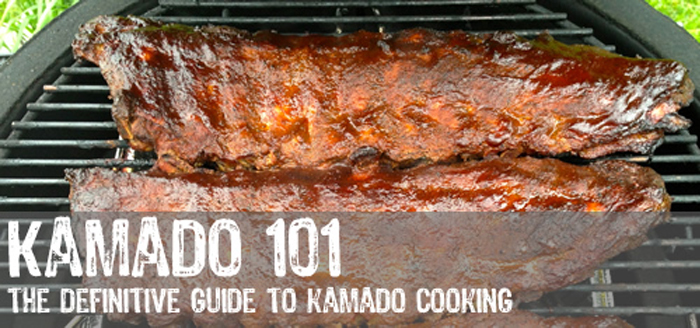
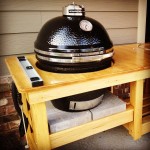
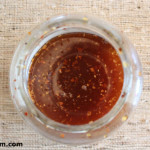
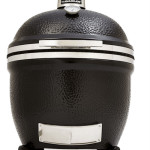
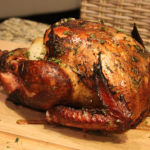

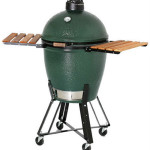
Leave a Reply